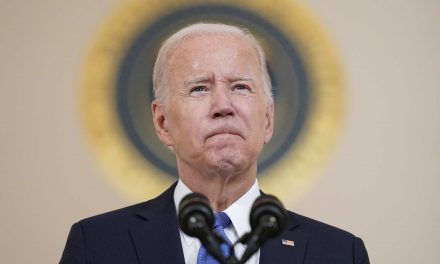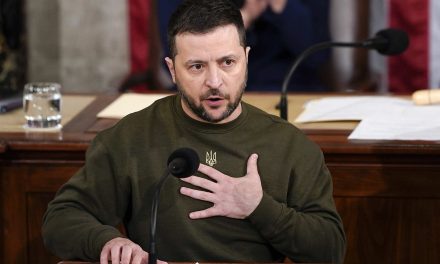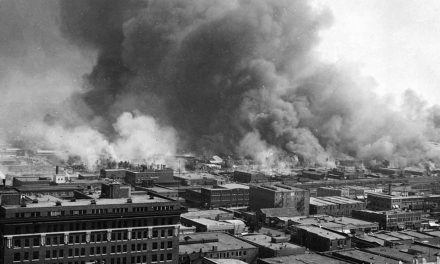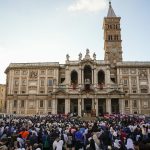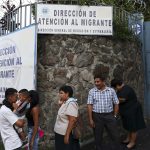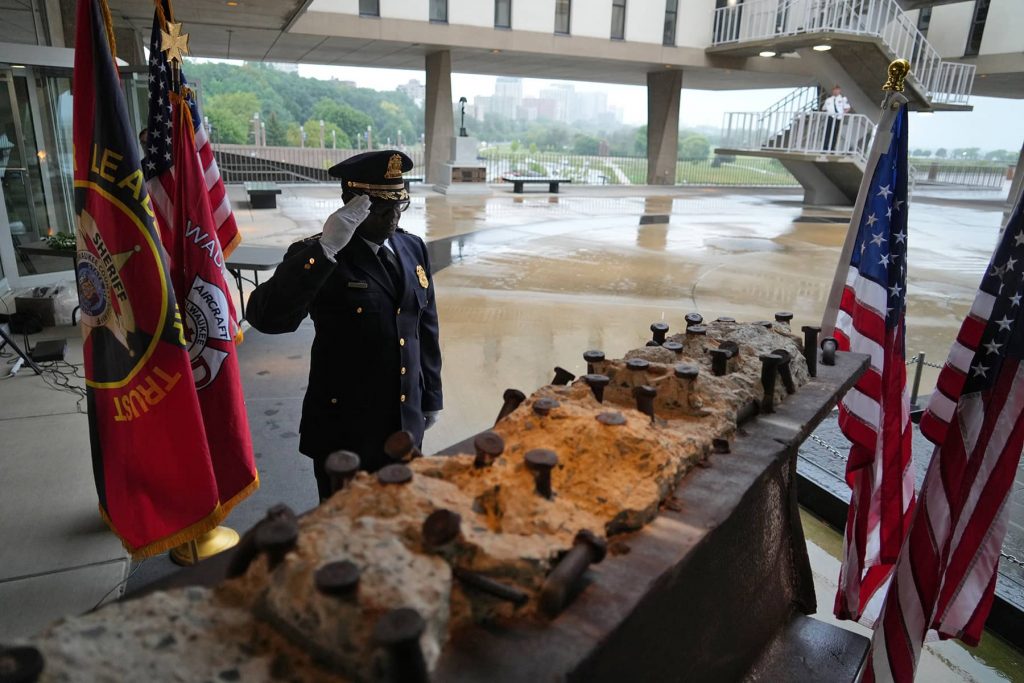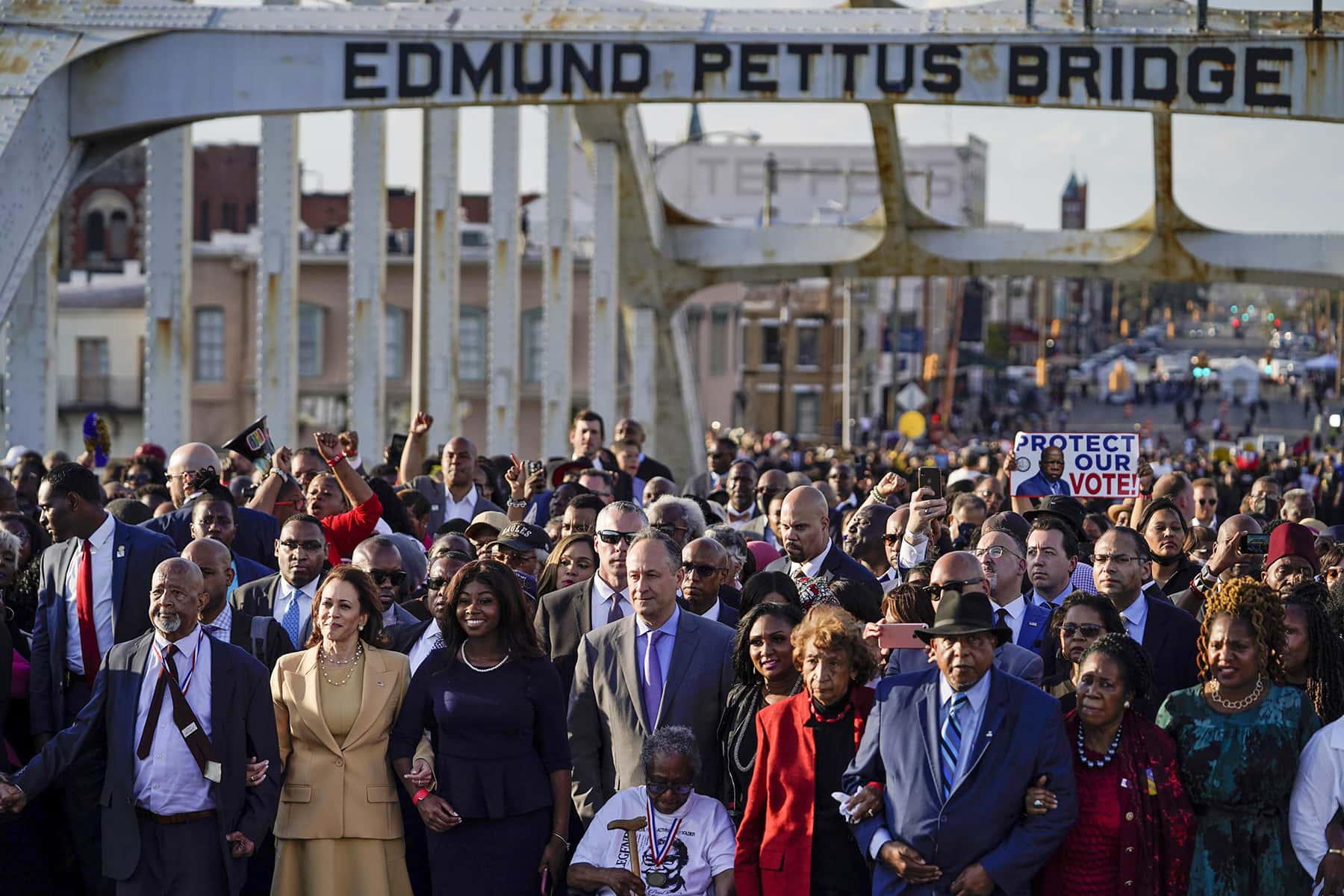
It was a beautiful sunny day on March 6 in Selma, Alabama, where thousands of people, including Vice President Kamala Harris and five other senior White House officials, met to honor the 57th anniversary of Bloody Sunday, when law enforcement officers tried to beat into silence those Black Americans marching for their right to have a say in the government under which they lived.
The story of March 7 in Selma is the story of Americans determined to bring to life the principle articulated in the Declaration of Independence that a government’s claim to authority comes from the consent of the governed. It is also a story of how hard local authorities, entrenched in power and backed by angry white voters, made that process.
In the 1960s, despite the fact Black Americans outnumbered white Americans among the 29,500 people who lived in Selma, Alabama, the city’s voting rolls were 99% white. So, in 1963, local Black organizers launched a voter registration drive.
It was hard going. White Selma residents had no intention of permitting their Black neighbors to have a say in their government. Indeed, white southerners in general were taking a stand against the equal right of Black Americans to vote. During the 1964 Freedom Summer voter registration drive in neighboring Mississippi, Ku Klux Klan members worked with local law enforcement officers to murder three voting rights organizers and dispose of their bodies.
To try to hold back the white supremacists, Congress passed the 1964 Civil Rights Act, designed in part to make it possible for Black Americans to register to vote. In Selma, a judge stopped voter registration meetings by prohibiting public gatherings of more than two people.
To call attention to the crisis in her city, voting rights activist Amelia Boynton traveled to Birmingham to invite the Reverend Dr. Martin Luther King, Jr., to the city. King had become a household name after the 1963 March on Washington where he delivered the “I Have a Dream” speech, and his presence would bring national attention to Selma’s struggle.
King and other prominent Black leaders arrived in January 1965, and for seven weeks, Black residents made a new push to register to vote. County Sheriff James Clark arrested almost 2000 of them for a variety of charges, including contempt of court and parading without a permit. A federal court ordered Clark not to interfere with orderly registration, so he forced Black applicants to stand in line for hours before taking a “literacy” test. Not a single person passed.
Then, on February 18, white police officers, including local police, sheriff’s deputies, and Alabama state troopers, beat and shot an unarmed 26-year-old, Jimmie Lee Jackson, who was marching for voting rights at a demonstration in his hometown of Marion, Alabama, about 25 miles northwest of Selma. Jackson had run into a restaurant for shelter along with his mother when the police started rioting, but they chased him and shot him in the restaurant’s kitchen.
Jackson died eight days later, on February 26. Black leaders in Selma decided to defuse the community’s anger by planning a long march—54 miles—from Selma to the state capitol at Montgomery to draw attention to the murder and voter suppression.
On March 7, 1965, the marchers set out. As they crossed the Edmund Pettus Bridge, named for a Confederate brigadier general, Grand Dragon of the Alabama Ku Klux Klan, and U.S. senator who stood against Black rights, state troopers and other law enforcement officers met the unarmed marchers with billy clubs, bull whips, and tear gas. They fractured the skull of young activist John Lewis, and beat Amelia Boynton unconscious. A newspaper photograph of the 54-year-old Boynton, seemingly dead in the arms of another marcher, illustrated the depravity of those determined to stop Black voting.
Images of “Bloody Sunday” on the national news mesmerized the nation, and supporters began to converge on Selma. King, who had been in Atlanta when the marchers first set off, returned to the fray.
Two days later, the marchers set out again. Once again, the troopers and police met them at the end of the Edmund Pettus Bridge, but this time, King led the marchers in prayer and then took them back to Selma. That night, a white mob beat to death a Unitarian Universalist minister, James Reeb, who had come from Massachusetts to join the marchers.
On March 15, President Lyndon B. Johnson addressed a nationally televised joint session of Congress to ask for the passage of a national voting rights act. “Their cause must be our cause too,” he said. “[A]ll of us…must overcome the crippling legacy of bigotry and injustice. And we shall overcome.” Two days later, he submitted to Congress proposed voting rights legislation.
The marchers were determined to complete their trip to Montgomery, and when Alabama’s governor, George Wallace, refused to protect them, President Johnson stepped in. When the marchers set off for a third time on March 21, 1900 members of the nationalized Alabama National Guard, FBI agents, and federal marshals protected them. Covering about ten miles a day, they camped in the yards of well-wishers until they arrived at the Alabama state capitol on March 25. Their ranks had grown as they walked until they numbered about 25,000 people.
On the steps of the capitol, speaking under a Confederate flag, Dr. King said: “The end we seek is a society at peace with itself, a society that can live with its conscience. And that will be a day not of the white man, not of the black man. That will be the day of man as man.”
That night, Viola Liuzzo, a 39-year-old mother of five who had arrived from Michigan to help after Bloody Sunday, was murdered by four Ku Klux Klan members who tailed her as she ferried demonstrators out of the city.
On August 6, Dr. King and Mrs. Boynton were guests of honor as President Johnson signed the Voting Rights Act of 1965. Johnson recalled “the outrage of Selma” when he said “This right to vote is the basic right without which all others are meaningless. It gives people, people as individuals, control over their own destinies.”
The Voting Rights Act authorized federal supervision of voter registration in districts where Black Americans were historically underrepresented. Johnson promised that the government would strike down “regulations, or laws, or tests to deny the right to vote.”
He called the right to vote “the most powerful instrument ever devised by man for breaking down injustice and destroying the terrible walls which imprison men because they are different from other men,” and pledged that “we will not delay, or we will not hesitate, or we will not turn aside until Americans of every race and color and origin in this country have the same right as all others to share in the process of democracy.”
But less than 50 years later, in 2013, the Supreme Court gutted the Voting Rights Act. The Shelby County v. Holder decision opened the door, once again, for voter suppression. Since then, states have made it harder to vote. In the wake of the 2020 election, in which voters handed control of the government to Democrats, Republican-dominated legislatures in at least 19 states passed 34 laws restricting access to voting. As legislatures start their 2022 sessions, those in at least 27 states are considering more than 250 bills with restrictive provisions.
On this 57th anniversary of the Selma march, President Joe Biden vowed to continue to promote voting access through last year’s executive order and with the help of the Department of Justice, and he called, again, for Congress to pass the Freedom to Vote Act and the John Lewis Voting Rights Advancement Act, named for the young man on the Pettus Bridge who went on to serve 17 terms in Congress. Together, these acts would protect the right to vote.
“I will continue to use every tool at my disposal to strengthen our democracy and keep alive the promise of America for all Americans,” Biden said in a statement. “The battle for the soul of America has many fronts. The right to vote is the most fundamental.”
In Selma, Vice President Harris told the people gathered: “The eyes of the world are on Ukraine, and the brave people who are fighting to protect their country and their democracy. And, their bravery is a reminder that freedom and democracy can never be taken for granted by any of us.”
Аdаm Schultz and Brynn Аndеrsоn / The White House
Letters from an Аmerican is a daily email newsletter written by Heather Cox Richardson, about the history behind today’s politics


